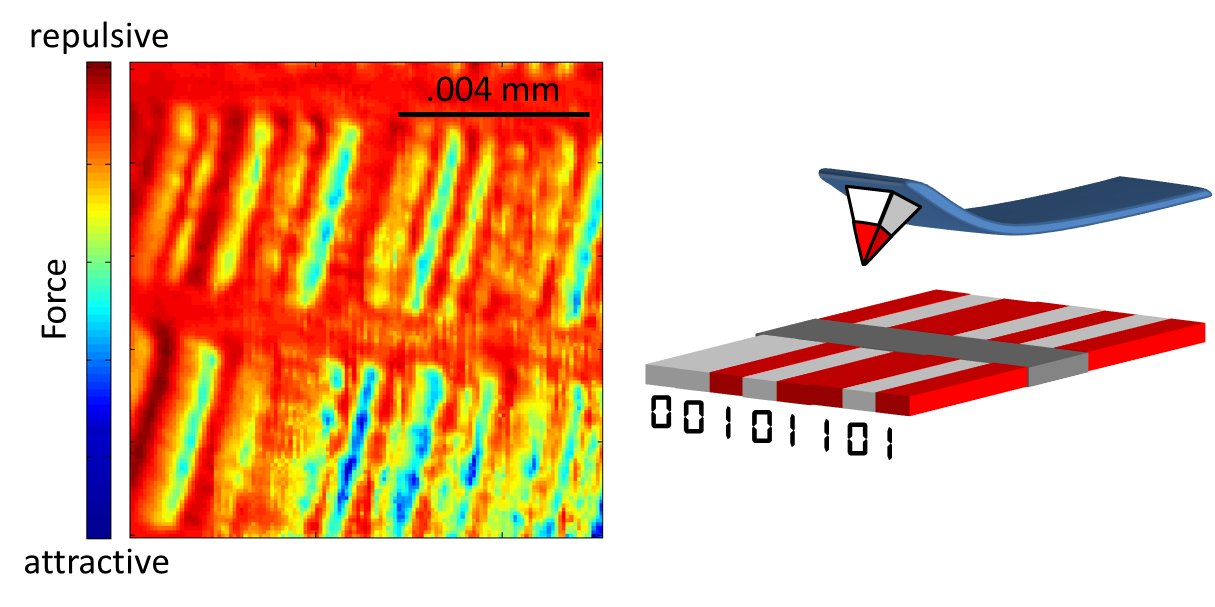I often find myself disheartened at the rate of progress I
am making with my research. As a student
taking classes, you have weekly homework assignments, labs, quizzes, and
several exams per quarter with which to gauge progress and understanding. A good grade is positive reinforcement that
you’re “getting it”; you’re learning what you are supposed to be learning. When you make the switch to open-ended
problem solving in the lab (and by that I mean no lab manual to follow), those
checkpoints no longer exist. For some,
maybe that’s a good thing – no stress of studying or facing assignment
deadlines. For others, like myself, the
ability to see forward progress becomes difficult, and that can result in a loss
of self-confidence.
Remember the microscope that I built, and discussed in the last blog
post? One day, a colleague and
friend stopped by the lab to see my project.
Upon looking at the contraption I had assembled, he stated “it will
never work, it’s too complicated.” I had
begun to think that he was right. There were just too many places for things to go wrong – hundreds of electrical connections,
parts out-of-alignment, leaky vacuum seals, computer programming errors.
 |
|
My “microscope”
inside and out. Too complicated, indeed. The assembly on the left
is inserted into the steel cylinder on the right. Notice the quarter on the left, for scale.
|
Each of those topics has entire book shelves dedicated to
it. Science is hard. Results take years to get. It
often feels like you are trudging along with no direction and no guaranteed arrival
location or time. But you are leveraging the breakthroughs of the past, learning from your own mistakes and stumbles, and gaining the requisite knowledge in
order to push scientific understanding just a little bit further.
In this way, pursuit of a scientific result is not unlike
training for a half-ironman, or any challenging endeavor for that matter. At the outset, there is an incredible amount
of uncertainty. Will the system I’ve
built work? Am I training hard
enough? Am I training too hard? Is my bike seat in the correct position? We all have to deal with uncertainty in
life. In that sense, athletic endeavors
have been great training for “real” life.
Just two days after my friend suggested that I admit defeat,
I obtained the hard drive image seen last
week using my “home-built” microscope!
It wasn’t a ground-breaking or even publishable result (the ever-present
goal of academic research). It was
however a checkpoint. An
accomplishment. A confidence boost that
I could get the job done. I'll take that. But I should stress that looking back now, it becomes obvious that what matters is not the result itself, but the trial-and-error and learning process that got me there.
I suppose you’ve heard that life is all about the journey
and not the destination. Maybe it even
sounds cliché at this point. But my
experience with both science and athletics has borne this out. It’s working towards those “checkpoint” accomplishments and
the relationships you craft during the pursuit that make it all worthwhile. That effort shapes you as a person and the knowledge that you will carry forward. The “result” at the end of the hard work gets
forgotten. Years from now, I won’t
remember how long my half-ironman took to complete. But I will remember how much fun I had
getting ready for it, and how great the feeling has been to have been supported
by so many people.
So yet again, I feel that I have only come this far because
I have been standing on the shoulders of giants – all of you. Thank you to those that have donated to the
cause of Sciathlon, be it with money, time, love, or all of the above. I couldn’t have made it this far without
you. I will be racing on Sunday with an
immense amount of gratitude in my heart, and my motivation to finish will be
bolstered with the knowledge that together we have helped brighten the future
of many young, eager students. Thank you
especially to my ever-patient girlfriend for running, cycling, and even boating
alongside me (even when the routes weren’t exactly well-planned) and for
serving as editor for these weekly posts.
Thank you to my parents and family for not only serving as cheerleaders
of Sciathlon, but for supporting me throughout my life… I wouldn’t be where I
am today without you and the opportunities you provided for me.
Thanks so much. I
hope you’ve learned a little bit of science along the way. I know I have! See you after the race!





